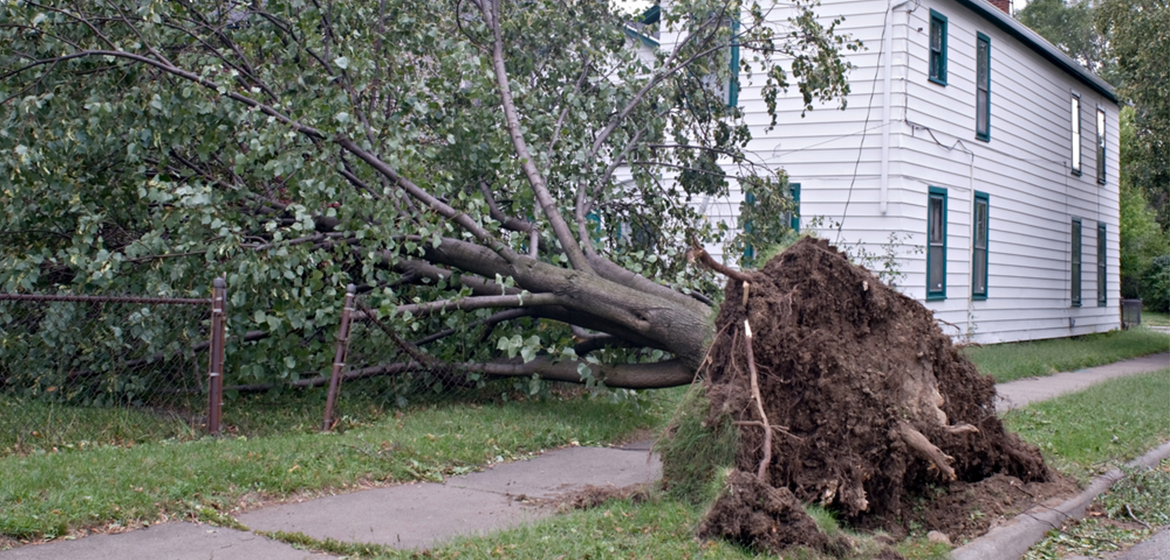Determining Liability For Fallen Tree Damage After A Storm

Severe storms can wreak havoc on landscapes, often leading to fallen trees and extensive property damage. When a tree falls and causes damage to property, determining liability can become a complex process. Is the property owner responsible, or could the neighbor’s tree have caused the damage? Navigating the intricacies of liability for tree damage after a storm requires understanding various factors, including property ownership, tree maintenance, and insurance coverage. In this article, we’ll delve into the process of determining liability for tree damage after a storm, offering insights into responsibilities, insurance claims, and steps to take in such situations.
Property Ownership and Negligence
Liability for fallen tree damage typically hinges on the concept of negligence. If a property owner was aware of a potentially hazardous tree but failed to take appropriate action, such as regular maintenance or removal, they could be held liable for resulting damage. However, if the tree was healthy and well-maintained but was uprooted due to the severity of the storm, liability might not fall on the property owner.
Assessing the Cause of the Tree Fall
Determining liability begins with assessing the cause of the tree fall. Was the tree in poor health, with visible signs of decay or instability before the storm? Did the tree have weak or damaged branches that posed a risk? Evaluating the condition of the tree before the storm can help determine whether negligence on the part of the property owner played a role in the damage.
Property Boundaries and Ownership
If a fallen tree originates from a neighboring property, questions of liability can become more complex. Property boundaries and ownership play a crucial role in determining who is responsible for the damage. If a healthy tree on a neighbor’s property falls onto your property during a storm, it’s typically considered an act of nature, and the neighbor might not be held liable. However, if the tree was visibly decaying and the neighbor ignored warnings, liability could be shared.
Insurance Claims and Coverage
Insurance coverage is a significant factor in handling tree damage after a storm. Homeowners insurance policies often cover damage caused by fallen trees, but the specifics depend on the circumstances. If the fallen tree was healthy and fell due to the storm’s force, your insurance company might cover the costs of repairs or removal. However, if negligence on your part contributed to the tree’s fall, your insurance company might not cover the damage.
Legal and Mediation Options
In cases where liability is disputed, legal and mediation options may come into play. If neighbors cannot agree on who is responsible for the damage or if the insurance claim is denied, mediation can be a productive approach. Mediators help parties find common ground and reach a resolution without resorting to lengthy legal battles. If negligence and responsibility are clear-cut, legal action might be necessary to recover damages from the responsible party.
Determining liability for fallen tree damage after a storm involves a thorough assessment of factors such as property ownership, tree condition, and negligence. While storms are acts of nature, the responsibility for property damage caused by fallen trees hinges on whether preventive measures were taken to maintain tree health and safety. Insurance coverage also plays a pivotal role, and understanding the terms of your policy can help you navigate the claims process.